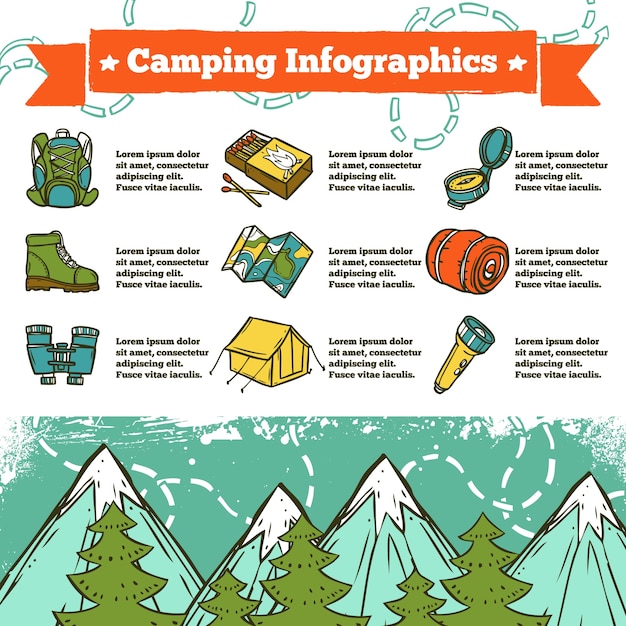Your camping tent's rainfly is just one of your main defenses versus moisture. Yet many campers fail to remember to put it on or do so improperly, which can bring about a soaked evening and a damp camping tent when it's time to leave.
Technique makes best: Set up your tent and its rainfly at home to acquaint on your own with exactly how it attaches and just how to appropriately tension it. Also, constantly check out the manual.
2. Not Deploying the Rainfly Appropriately
The gentle pitter patter of moisten your camping tent can be an incredibly soothing audio. However, when those same declines begin infiltrating your resting room, that tranquil all-natural noise becomes an annoying disturbance that can damage your rest. To stop this from occurring, take a careful consider your camping tent and its rainfly before relocating for the night. Ensure the fly is tight and that all clips, zippers, and closures are safe and secure. Orient the camping tent so the color-coded corner webbing tensioners line up with aluminum post feet, and add guy lines if needed for stability. When doing so, see to it completions of your guy line are linked to a guyout loop with a bowline knot.
3. Not Betting Your Tent Firmly
In spite of their importance, outdoor tents stakes are often treated as a second thought. Hammering stakes in at a superficial angle or failing to utilize them whatsoever leaves your sanctuary susceptible to also moderate gusts of wind.
If your campsite is on a rough or stony website, attempt transmitting an individual line from the guyout factor on the windward side of your tent to a neighboring tree limb or a ground tarpaulin for extra security. This enhances risk strength and resistance to drawing forces and additionally permits you to avoid troubling cactus needles, sharp rocks or various other items that can poke openings in your tent flooring.
It's an excellent concept to practice pitching your tent with the rainfly at home so you can familiarize on your own with its attachment points and find out exactly how to appropriately stress it. Tensioning the fly helps pull it far from the outdoor tents body, promoting air circulation and minimizing inner condensation.
4. Not Protecting the Floor of Your Camping tent
Camping tent floorings are made from sturdy textile designed to withstand abrasion, however the natural environments and your outdoor tents's usage can still damage it. Safeguarding the flooring of your camping tent with a footprint, tarp, or floor lining can aid you stay clear of rips, tears, thinning, mildew, and mold.
Make canvas travel bag sure to adhere to the guidelines in your tent's manual for deploying and placing your rainfly. It's also a good idea to occasionally reconsider the tautness of your rainfly with changing weather (and prior to crawling in each evening). A lot of outdoors tents include Velcro covers you can cinch at their edges; securing them evenly will help stabilize and strengthen your shelter. Using a bowline knot to protect guyline cables assists raise their tension and wind strength. Taking care of your tent's floor prolongs beyond camp and includes saving it correctly.
